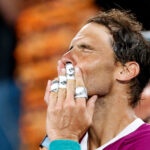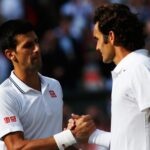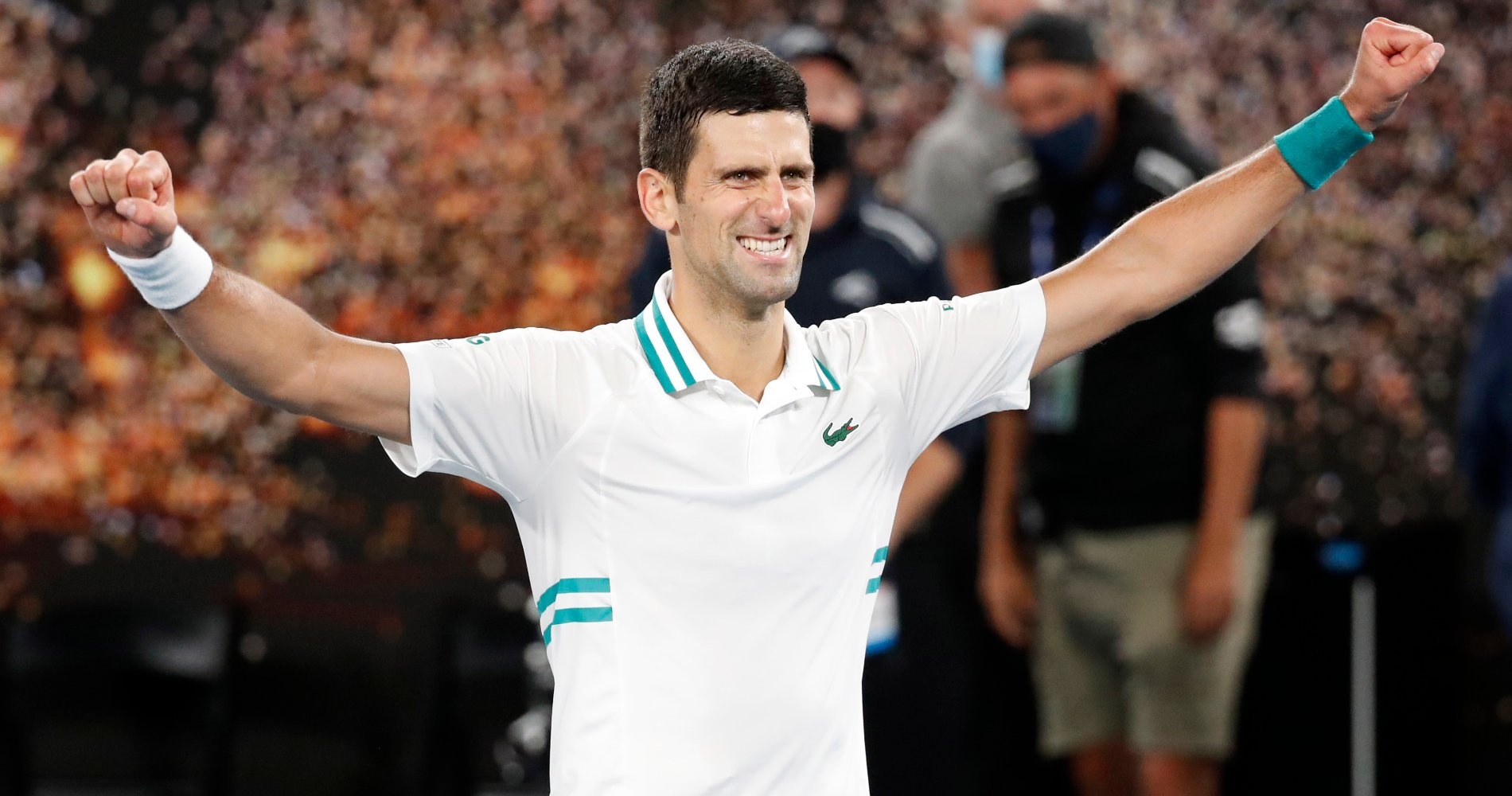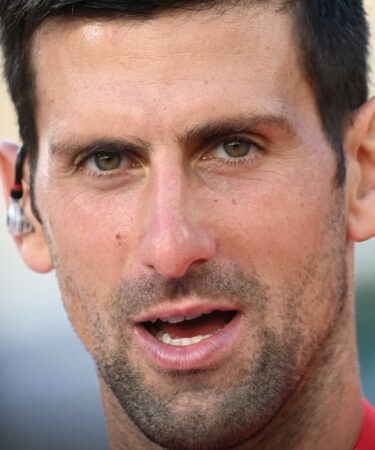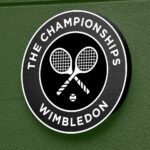Nadal the most deserving of GOAT status among Big Three? Here’s what we found…
Making the GOAT case for King of Clay Rafael Nadal. The Spaniard deserves more credit for his work against Federer in his prime – and should not be discounted for winning an ungodly number of Roland-Garros titles.
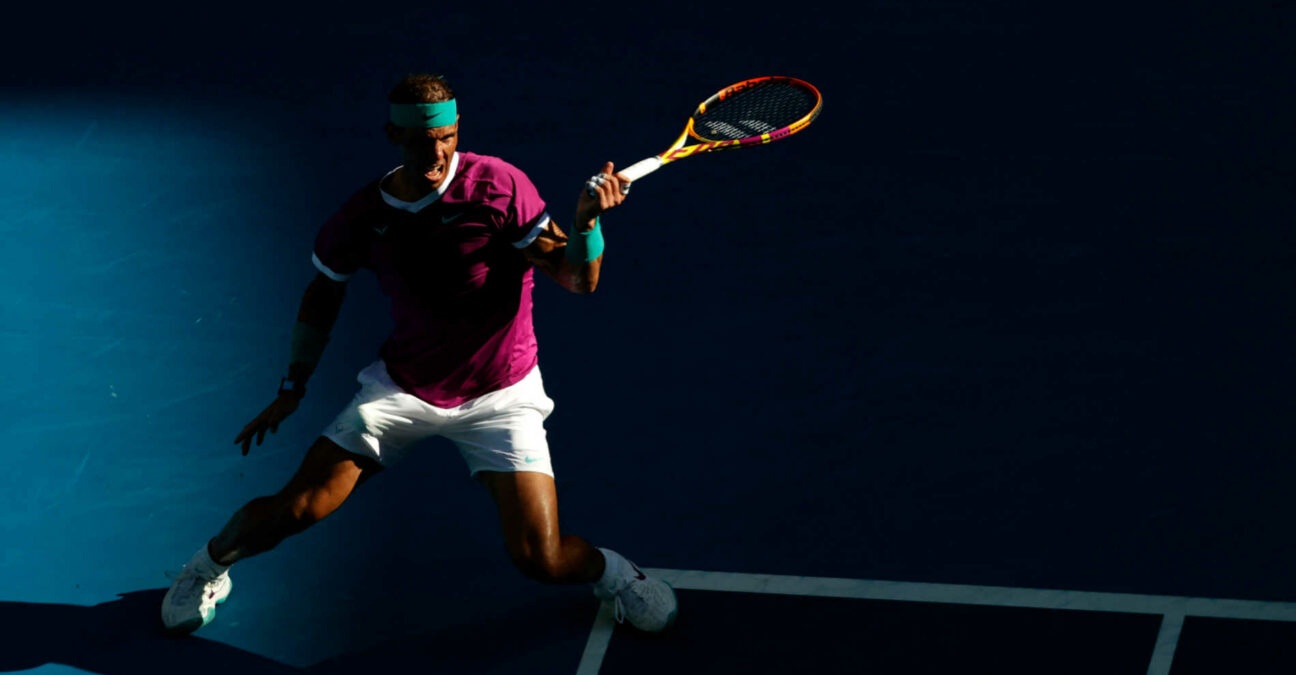 © AI / Reuters / Panoramic
© AI / Reuters / Panoramic
**This article was written just prior to the 2022 Australian Open men’s singles final, which was won by Rafael Nadal in five sets**
We head into the business end of the first Grand Slam of 2022 with the card-carrying members of the Big Three – Roger Federer, Novak Djokovic and Rafael Nadal – all deadlocked at 20 Grand Slam singles titles apiece. It’s the second consecutive Grand Slam in which only one Big Three member has participated, and it makes us nostalgic for yesteryear, when Federer, Djokovic and Nadal’s fight for supremacy played out four times a year on the Grand Slam stage.
As Nadal marches closer to breaking the record for most Grand Slam men’s singles titles in Melbourne, it’s natural to wonder how history would view a triumph by the Spaniard. Winning a 21st major would no doubt be an incredible achievement for Nadal – and it would give him at least two major titles at all four of the majors – but what would it mean that this one would have come without Djokovic or Federer in the draw?
Did Nadal face more difficult competition due to meeting Federer and Djokovic in their prime so often?
Many in the tennis Twitterverse make this claim, but it’s difficult to make this conclusion. The overlapping primes of the three players certainly demand closer inspection. And Federer’s age in relation to Nadal and Djokovic is an important part of the equation in the mid 2000s, when Federer was already a dominant No 1 and the other two were just cutting their teeth on the Grand Slam stage, as well as the late 2010s, when Federer was past 35 while the others were still very much in the prime of their Slam-winning days.
To say that any of the three faced a stronger calibre of competition at the majors than the other is a stretch, but it can be noted that Federer faced more top-five players (outside of the Big Three) than the other two, and had a higher winning percentage against such competition. The Swiss also faced more former Grand Slam champions and had a higher winning percentage against those players.
Matches and winning percentage against top-5 players not in Big Three
- Federerer: 26, 80.8 win %
- Djokovic: 25, 75 win %
- Nadal, 18, 72.2 win %
Matches and winning percentage against former Grand Slam champions (not in Big Three):
- Federer, 51, 86.3 win %
- Djokovic, 28, 71.4 win %
- Nadal, 19, 73.7 win %
Federer, Nadal, Djokovic – when were they in their prime?
To help us contextualize things a bit, let us first turn back the clock and take note of when each athlete experienced their most invincible form. We’ll call them “the prime years” while keeping in mind that all three of these tremendous athletes have managed to remain at or near their prime for the better part of the last two decades.
- 2004-mid-2008: Roger Federer is the undisputed No 1, Nadal is just beginning to challenge and Djokovic is just finding his footing. He arrives forcefully in the summer of 2007 and wins his first Australian Open in 2008 (it would be his only Slam title before 2011).
- 2008-2010: Nadal expands his already robust clay empire to grass, and even hard courts, surpassing Federer’s, who is resisting to the best of his ability, as Djokovic, meanwhile, is still searching for his second major title.
- 2011-2012, 2014-2015, 2020-2021: 2011 ushers in a new era of Djokovic, which totally changes the landscape of the Big Three.
- 2012 and 2017-2018: Federer has lost his grip at the top of the game, even at Wimbledon, as he turns 30, but the great Swiss does have resurgent, ethereal moments where he tacks on more Grand Slam titles.
- 2013, 2017, 2019: Nadal also dips during Djokovic’s “decade of dominande”, but the Spaniard remains a terror on the terre battue throughout, and, like Federer, he picks his spots and mounts several assaults on Djokovic that take him back to the top of the ATP rankings.
Nadal v Federer in Federer’s prime – an important piece of the Spaniard’s success
Nadal’s dominance started in his teenage years, when he won his first Roland-Garros in 2005. At the time Roger Federer was in the middle of what would later become the longest uninterrupted stay atop the ATP’s rankings – a whopping 237 weeks, From February 2, 2004 to August 17, 2008.
If we look at what the young Nadal was able to do against Federer in those years when the Swiss was dominating the sport, we get a better idea of Nadal’s efficacy on the Grand Slam stage. If we compare what Nadal did against Federer from 2005 to 2010, and compare it to Djokovic’s results against the Swiss in the same period, an impressive piece of the puzzle is revealed.
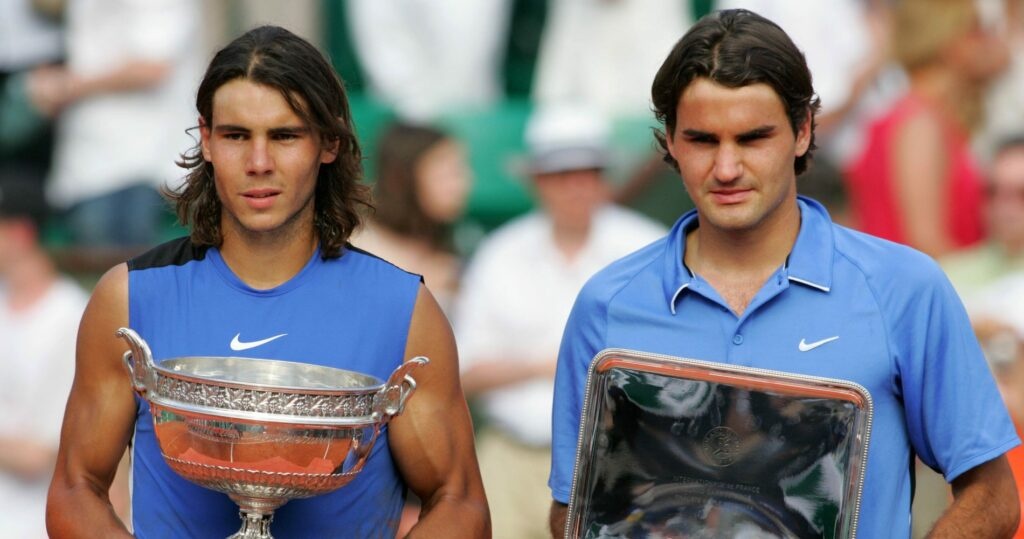
Nadal v Federer in his prime years at Slams: 6-2 overall, 2-2 non-clay
- 2005 1-0 Roland-Garros
- 2006 1-1 Win at Roland-Garros loss at Wimbledon
- 2007 1-1 Win at Roland-Garros, Loss at Wimbledon
- 2008 2-0 Win at Roland-Garros Win at Wimbledon
- 2009 1-0 Win at Australian Open
It’s an important part of Nadal’s legacy that he was able to expand his empire to grass and hard courts when Federer was at his very peak, while beating the Swiss in high-stakes finals like Wimbledon in 2008 and the Australian Open in 2009.
For comparison’s sake, we look at Djokovic’s record against Federer in these prime Federer years. It should be noted that Djokovic turned around his rivalry with Federer at the Slams later, winning nine of 11 to bring his current record against Federer at the majors to 11-6.
Djokovic v Federer 2005-2010; 2-4 overall
- 2007: 0-2 (Loss Australian Open, Loss US Open)
- 2008:1-1 (Win Australian Open, Loss US Open)
- 2009: 0-1 (Loss US Open)
- 2010: 1-0 (Win US Open)
We see that Nadal was quicker to assert himself against Federer when the Swiss was virtually unbeatable, in his prime years and at his prime age. Djokovic, the youngest and slowest developing of the Big Three, really didn’t assert himself against either player until 2011. Since then he has been the alpha dog of the group, and the jaw-dropping record he has put up against his rivals in the majors since then has led many to claim that he is the leader in the men’s tennis GOAT race.
Nadal vs Djokovic in the Serb’s prime years
It’s also interesting to make note of Nadal’s body of work against Djokovic when the Serb was truly thriving from 2011 to the present day. Nadal went 5-7 against Djokovic in those years, but only 1-5 away from Roland-Garros.

Nadal v Djokovic at the Slams in Djokovic’s prime (2011-2021)
- 2011 (0-2) Wimbledon, US Open
- 2012 (1-1) Loss Australian Open, Win at Roland-Garros
- 2013 (2-0) Win at Roland-Garros, Win at US Open
- 2014 (1-0) Win at Roland-Garros
- 2015 (0-1) Loss at Roland-Garros
- 2018 (0-1) Loss at Wimbledon
- 2019 (0-1) Loss at Australian Open
- 2020 (1-0) Win at Roland-Garros
- 2021 (0-1) Loss at Roland-Garros
This statistical snippet begs a question: how will we look at Nadal’s success against his rivals on clay? Does it get discounted because there is simply so much winning done by the Spaniard on terre battue, or is it given its proper due?
Nadal’s trio – Beating two of the Big Three at the same slam
In prematurely anointing Djokovic – as many have over the last year – are we doing a disservice to Nadal? Perhaps. Certainly, if the Spaniard wins a 21st major this weekend in Melbourne, more will be making the case for the King of Clay.
Another feather in Nadal’s cap is the fact that he has won three different major titles by beating both Federer and Djokovic en route to the title (Roland-Garros, 2006, 2007, 2008). Only once has Djokovic defeated Nadal and Federer (US Open 2011) while winning a major title, and Federer has never achieved the feat – he was one point from that, twice, at Wimbledon in 2019.
Nadal and Djokovic have only won six titles without beating at least one member of the Big Three, while Federer has won 13 major titles without facing a member of the Big Three.
Rafa’s numbers top the others – winning against the Big Three at the Slams (but age does play a factor)
Of the three GOAT candidates, Nadal has scored the best winning percentage against the Big Three at the majors. Nadal owns a 20-11 record (10-7 vs Djokovic and 10-4 vs Federer) against his biggest rivals; Djokovic is 18-16 overall, and Federer is 10-21.
What makes these figures difficult to quantify is the fact that Federer is five years older than Nadal and six years older than Djokovic. During Djokovic’s prime years – 2011to present day – Federer was already 30 and relatively declining, albeit slowly, for the first five years. He was facing an invincible Djokovic almost all of the time. The Swiss went 2-3 against Djokovic at the Slams from 2011-2012, then dropped all six of their match-ups at the majors from 2014 to 2019. How do we account for relative age and peak years in these statistics, and how should they shape the debate? It’s open for interpretation.
Conclusion: There still isn’t a GOAT – check back at a later date!
As we wait and watch to see how tennis’ tectonic plates shift over the final years of the Big Three in men’s tennis, it would be wise to continue to comb over the statistics that are available, while also keeping in mind that the final number of Grand Slam titles won will most likely be the biggest factor in convincing the public that one Big Three member is more deserving than the others when it comes to the GOAT debate. For now, we’ll keep our eyes fixed on Rafael Nadal at the Australian Open, and of course the rest of the 2022 season, and remain open to the possibility that there may never be a clear-cut GOAT, just a lot of fun debates that should also include the likes of Pete Sampras, Martina Navratilova, Björn Borg, Monica Seles, Serena Williams, Rod Laver and others.
